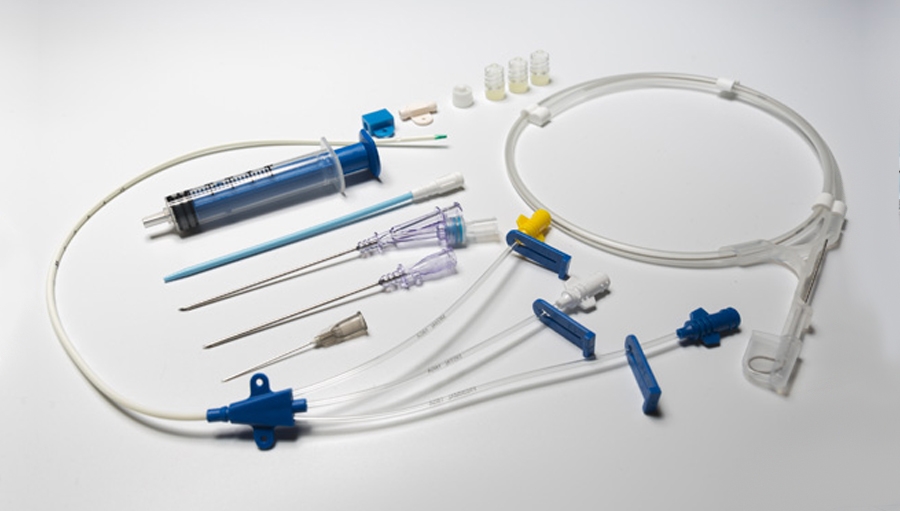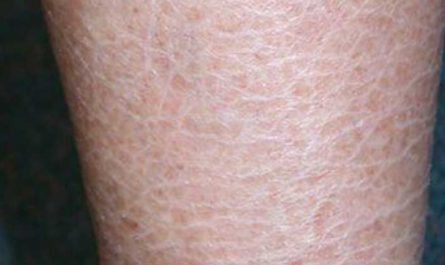Types of Central Venous Catheters
There are several different types of central venous catheters that are commonly used in hospitals depending on the needs of the patient. Some of the main types include:
– Peripherally Inserted Central Catheters (PICCs): PICCs are inserted into a vein in the arm and guided into a large vein near the heart. They can remain in place for several weeks or months to deliver medications, nutrients, blood products, or IV fluids long-term. PICCs are less invasive than other catheter options.
– Tunneled Central Venous Catheters: These catheters enter the body through a small incision in the chest and are then tunneled partially under the skin before entering a large vein, usually the subclavian or jugular vein. This helps reduce the risk of infection. They can remain in place for extended periods of time.
– Nontunneled Central Venous Catheters: Also called central venous catheters or noncuffed central venous catheters. They enter the body through a large vein in the neck or chest without tunneling under the skin. Nontunneled catheters are usually intended for short term use of less than 6 weeks.
– Implanted Ports: Ports are Central Venous Catheters systems that are fully implanted just under the skin in the chest. They connect to a central vein but do not have an external portion. Ports are accessed through the skin using a non-coring need. They can stay in place for over a year to make chronic IV medication and treatment easier.
Placement and Care of Central Venous Catheters
Central venous catheters are generally placed in the intensive care unit or radiology department by a specially trained doctor, nurse practitioner, or physician assistant. The patient will receive local anesthesia to numb the area before catheter insertion. Placement involves inserting a needle into the desired vein in the neck or chest area, passing a guidewire through the needle, and then inserting the catheter over the wire and into the vein. Chest x-rays are often obtained to ensure proper placement and positioning.
Once placed, CVCs require meticulous care to prevent infections and complications. Some key care elements include:
– Cleansing the insertion site with antiseptic daily and as needed if soiled
– Dressing changes based on established protocols, usually every 5-7 days
– Flushing with saline to maintain patency
– Avoiding unnecessary manipulation of the catheter
– Using sterile technique when accessing the catheter
– Monitoring for signs of infection like redness, swelling, or drainage
Common Uses of Central Venous Catheters
Some of the main clinical applications of central venous catheters include:
Administering IV Medications – Many medications that are toxic, irritating, or require high doses can safely be given through a central line instead of a peripheral IV. This includes chemotherapy drugs, total parenteral nutrition, antibiotics, pain medications, and IV fluids.
Monitoring Central Venous Pressure – CVCs that end in the right atrium allow clinicians to directly measure central venous pressure, which provides information on heart function and fluid status.
Drawing Blood Samples – Central lines make it easier to obtain blood samples without having to repeatedly stick peripheral veins. This is useful for intensive monitoring needs.
Transfusing Blood Products – Large volumes of blood, platelets, or plasma can be rapidly administered through a central line during medical emergencies or procedures like surgery.
Providing Long-term Vascular Access – Patients who require frequent or continuous IV access for weeks or months, such as those on total parenteral nutrition, can rely on a central line instead of multiple peripheral IVs.
Potential Complications of Central Venous Catheters
While central venous catheters play an important medical role when indicated, they do carry some risks including:
– Infection – Bacteria can enter through the catheter site or the catheter hub, potentially causing local or systemic infections.
– Thrombosis – Blood clots can form around the tip of the catheter or within the central veins, sometimes causing issues like pulmonary embolism or superior vena cava syndrome.
– Pneumothorax – During placement, there is a small risk of puncturing the lung, causing it to collapse.
– Arrhythmias – Catheters that end in the heart can potentially cause irregular heartbeats in rare cases.
– Catheter embolism – Parts of the catheter can accidentally break off and travel to other locations in very unusual circumstances.
– Hemorrhage – Large blood vessels in the neck or chest are at risk of puncture during placement, potentially causing serious bleeding.
To help mitigate risks, central lines should only be placed when clearly medically necessary, removed promptly once no longer needed, and cared for using sterile technique. Signs of potential complications also necessitate prompt evaluation. Overall, central venous access provides significant benefits to many critically ill patients when managed appropriately.
Note:
1. Source: Coherent Market Insights, Public sources, Desk research
2. We have leveraged AI tools to mine information and compile it



